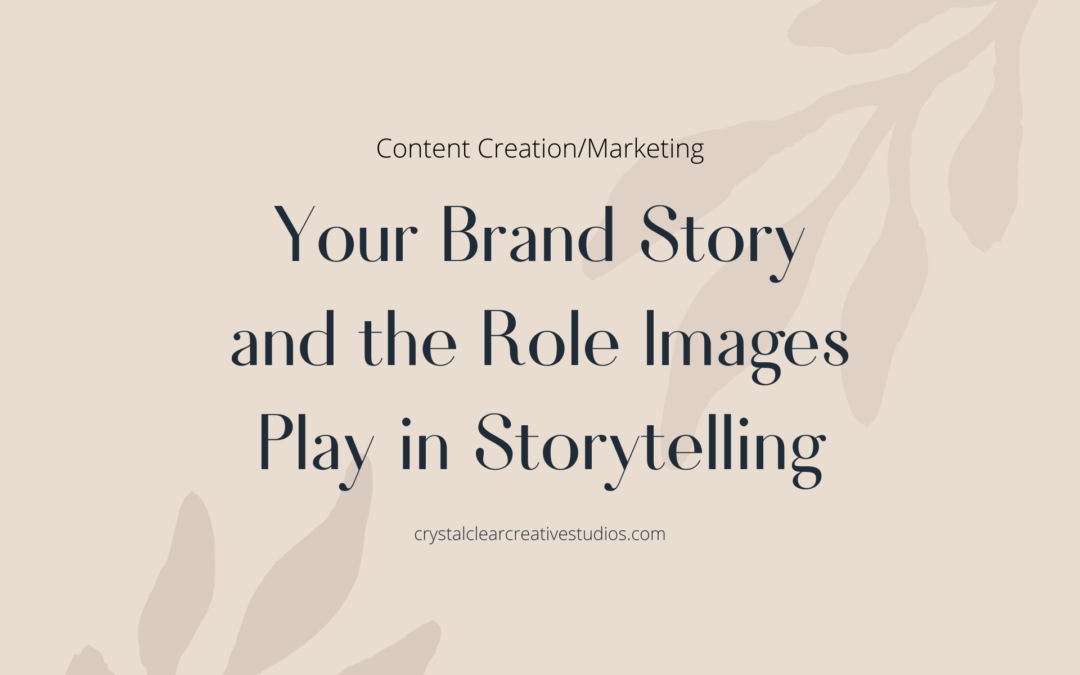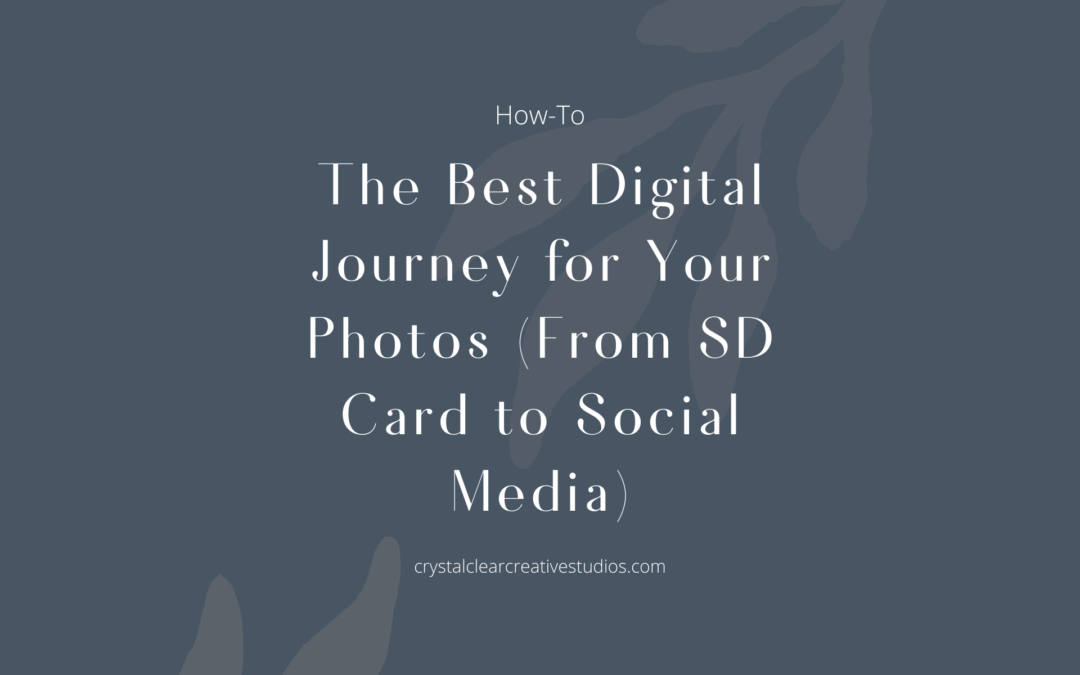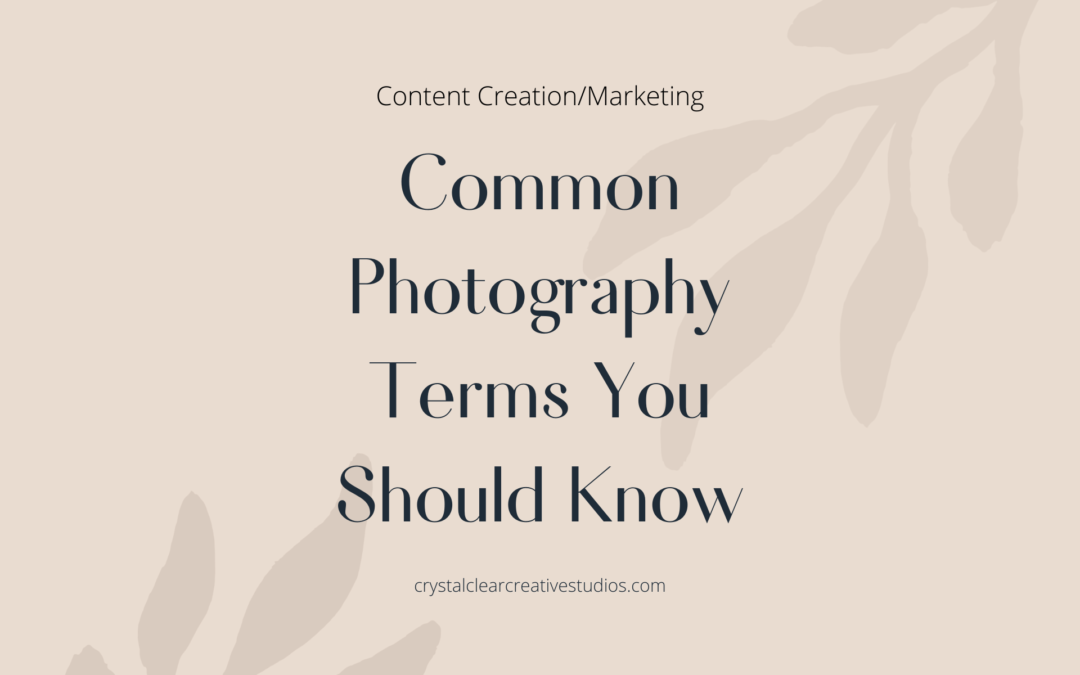
Your Brand Story and the Role Images Play in Storytelling
The Blog
Your Brand Story and the Role Images Play in Storytelling

Every successful business has developed and shared its story in a way that their audience can relate to.
A
brand story is how you build strong, emotional connections with your ideal audience. Your products are an addition to that. You may create unique products, but what people are really buying into is the story you put out into the world. It’s what your customers resonate with most and why they become loyal to you and your brand over time.
Build the Foundation
Your brand story is what builds the foundation of your business. It’s what helps your ideal audience understand who you are, what you do, what you stand for, and why they should choose you. Your story is what they care about most and why they, ultimately, buy from you. Share the most authentic pieces of your story that people can relate to and care about.
Every story has a beginning, middle, and end. Your brand story is no different. The beginning is where you want to be clear. Who is this story for? The middle is where you address the problems and struggles your audience may have. And, the end is how you can help.
Your customers are the main characters of the story. You want to give them a visual example of where they fit into your brand. They need to be able to see themselves and their problems answered with the help of your product.
How you want your audience to feel when they come across your brand should be incorporated into your designs, logos, color palettes, and packaging.
Where Your Photos Come In
Using your product images to help tell your brand story is the easiest way to deepen the connection with your audience. Specific elements like models or props are a great way for you to make your brand more relatable.
I’ve said it before, and I’ll say it again – people relate to people. The types of models you use, how they interact with your products, what they’re wearing – everything goes back to your brand story, and what it represents. When you know your ideal customer and understand their journey, it’s easier for you to create the right images that resonate with them most.
If you outsource your product photography, connect with someone who understands your story and how you want to share it. If you struggle to communicate your product photo ideas to your photographer, I cover everything you need to know here.
Your images should show how your products solve your customer’s problems. Use your photos as a way to capture how they make people feel, what it can do to help make life easier, etc. There’s a lot of power in visual storytelling. Share yours in a way that captivates your audience.
Conclusion
Every piece of your brand story (the good and the bad) needs to be told. It’s the not-so-glamorous parts that your audience will most likely relate to. How can you incorporate that into your visuals? Create solutions through your photos. Your brand story should show how you can help others solve their biggest problems and why you are the person who can solve it. Your audience wants to feel understood. Sharing every aspect of your story with them builds trust and stronger relationships.
If you want to reevaluate your offer or go back to some of the necessary steps because your company is brand new, then let’s talk. The Creative Boss Society is where I’m teaching other creatives how to use methods that I have applied in my brand and business to grow. I will help you get straight to the strategy that is working for you. Let me know if you have any questions. I’d love to help! You can also find me on Instagram.
Share this post:
Recent Posts:

























